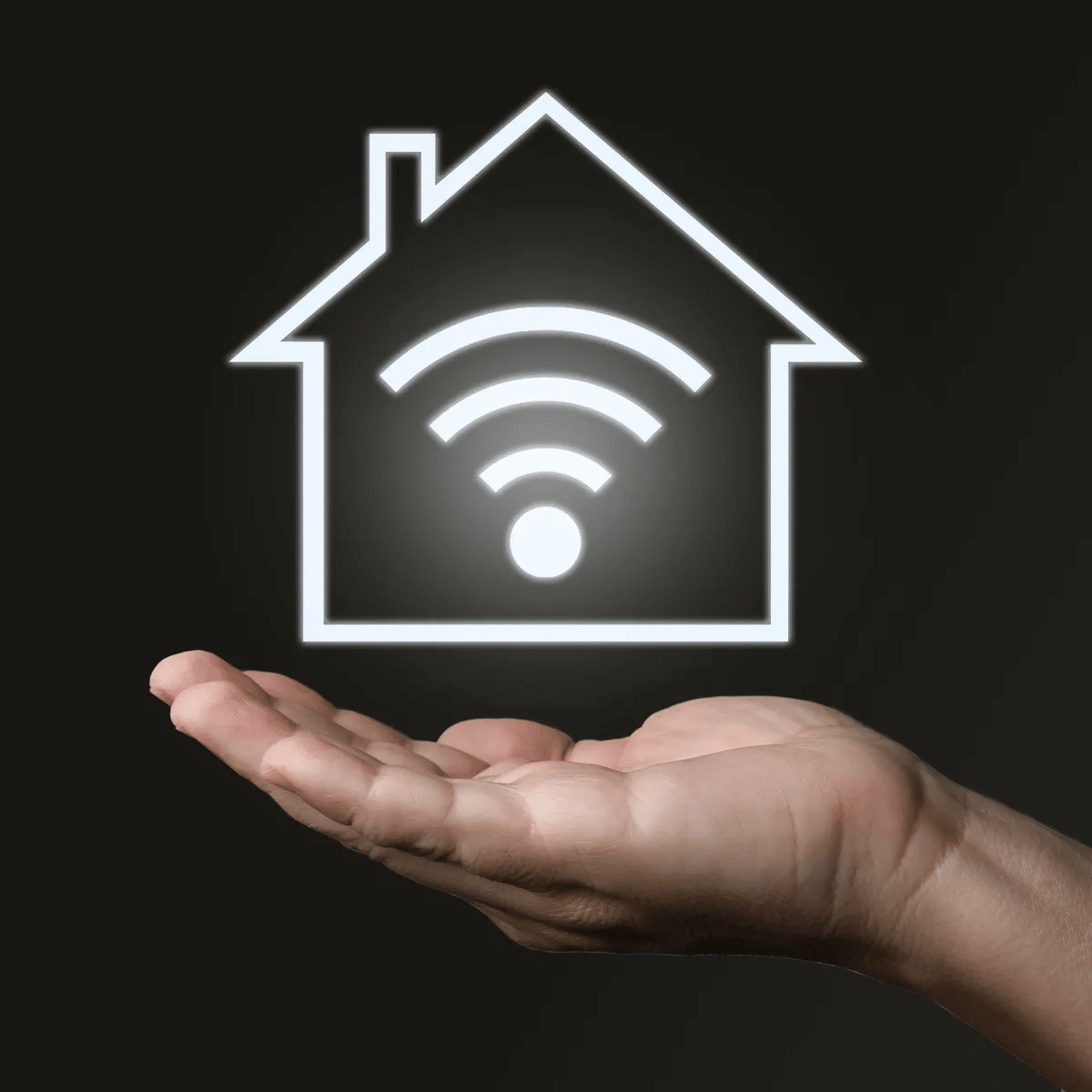In today’s digital age, having a reliable internet connection at home is essential for work, education, entertainment, and staying connected with loved ones. But what happens when your primary internet service goes down? Internet outages can happen for a variety of reasons, such as network congestion, technical faults, weather disruptions, or maintenance work. To avoid being cut off, setting up a backup internet connection for home can ensure you remain connected without interruption.
A backup internet connection for home acts as a secondary connection that kicks in when your primary service fails. It provides peace of mind and ensures that essential tasks and activities continue smoothly. In this guide, we’ll explore how to set up a backup internet connection for your home, covering various options, steps, and considerations to keep you online at all times.
Why Do You Need a Backup Internet Connection for Home?
Before diving into it, it’s important to understand why having one is beneficial:
- Continuous Work and Productivity: For those who work from home, uninterrupted internet is crucial for meetings, collaboration, and productivity. A backup internet connection ensures work can continue without delays.
- Online Learning: Students rely on a stable connection for online classes, homework, and research. A backup internet connection ensures they remain connected to educational resources.
- Entertainment: Streaming movies, music, and gaming require a reliable connection. A backup prevents interruptions during leisure activities.
- Smart Home Devices: Many homes have smart devices that require a continuous internet connection. A backup internet solution keeps these devices functional during outages.
- Security: Home security systems and cameras often rely on internet connectivity. A backup ensures these systems remain operational.
Now that we’ve established the importance of having a backup internet connection for home, let’s explore the options and steps for setting it up.
Options for a Backup Internet Connection for Home
There are several options to consider when setting up a backup internet connection for your home. Each option has its benefits and drawbacks, so it’s important to choose one that best suits your needs and budget.
1. Mobile Hotspot
One of the simplest and most convenient options for a backup internet connection for home is a mobile hotspot. Here’s why it’s a great choice:
- Portability: Mobile hotspots are small and portable, allowing you to take them anywhere.
- Ease of Use: Setting up a mobile hotspot is simple and doesn’t require additional hardware.
- Flexibility: You can choose from a variety of data plans and carriers.
- Compatibility: Most devices can connect to a mobile hotspot, including laptops, tablets, and smartphones.
To set up a mobile hotspot, you’ll need a mobile hotspot device or a smartphone with hotspot capabilities. Simply activate the hotspot feature and connect your devices to the Wi-Fi network it provides.
2. Tethering Your Smartphone
If you don’t want to purchase a separate device, you can use your smartphone’s tethering feature as a backup internet connection for home. Here’s how it works:
- Built-In Feature: Most smartphones have a tethering option that allows you to share your mobile data with other devices.
- No Extra Costs: You won’t need to buy additional equipment.
- Quick Setup: Tethering can be activated quickly through your phone’s settings.
To set up tethering, go to your smartphone’s settings, enable the tethering option, and connect your devices to your phone’s Wi-Fi network. Keep in mind that tethering can consume a significant amount of data, so make sure your mobile plan can accommodate it.
3. Secondary Broadband Connection
For a more robust backup internet connection for home, consider setting up a secondary broadband connection with a different ISP. This option offers several benefits:
- High Speed: A secondary broadband connection can provide high-speed internet, similar to your primary connection.
- Redundancy: Using a different ISP reduces the risk of simultaneous outages.
- Seamless Transition: Many routers support automatic failover, which switches to the backup connection when the primary fails.
To set up a secondary broadband connection, contact a local ISP to install a new connection. Configure your router to automatically switch between the two connections.
4. Fixed Wireless Internet
Fixed wireless internet is another option for a backup internet connection for home, especially in rural areas where wired connections may not be available. Here’s why it’s worth considering:
- Wide Coverage: Fixed wireless often covers areas where other connections aren’t available.
- Competitive Speeds: Providers offer speeds that are competitive with traditional broadband.
- Less Susceptible to Outages: Fixed wireless is generally less affected by weather conditions.
To set up fixed wireless internet, contact a provider in your area and arrange for installation.
5. Satellite Internet
Satellite internet can serve as a reliable backup internet connection, particularly in remote or underserved areas. Consider the following:
- Global Coverage: Satellite internet can reach almost any location.
- Independence from Local Infrastructure: It doesn’t rely on local cables, making it less prone to local outages.
- Variety of Plans: Providers offer various plans with different data limits and speeds.
To set up satellite internet, contact a provider, and they will install a satellite dish and necessary equipment at your home.
Steps to Set Up a Backup Internet Connection for Home
Now that we’ve explored the options, here are the steps to set up a backup internet connection for home:
Step 1: Assess Your Needs
Determine what you need from your backup internet connection for home. Consider the following:
- Data Usage: How much data do you need to cover essential tasks during an outage?
- Speed Requirements: What activities will you be doing that require specific speeds?
- Budget: How much are you willing to spend on a backup solution?
Understanding your needs will help you choose the best option for your situation.
Step 2: Choose Your Backup Option
Based on your needs, select the most suitable backup internet connection. Consider the options discussed above and weigh the pros and cons of each.
Step 3: Purchase Equipment and Services
If your chosen backup option requires additional equipment or services, make the necessary purchases. This may include:
- Mobile Hotspot Device: Purchase a device if you’re using a mobile hotspot.
- Data Plan: Choose a suitable data plan for mobile hotspots or tethering.
- ISP Service: Contact an ISP for a secondary broadband or fixed wireless connection.
- Satellite Equipment: Arrange for installation with a satellite provider.
Step 4: Set Up and Configure
Follow the manufacturer’s or provider’s instructions to set up and configure your backup internet connection for your home. This may involve:
- Activating Devices: Set up and activate mobile hotspots or tethering features.
- Installing Hardware: Install routers, modems, or satellite dishes as needed.
- Configuring Failover: If using dual connections, configure your router for automatic failover.
Step 5: Test Your Backup Connection
Once set up, test your c to ensure it functions correctly. Simulate an outage by disconnecting your primary connection and checking if the backup kicks in seamlessly.
Step 6: Monitor and Maintain
Regularly monitor your backup internet connection for home to ensure it’s functioning properly. This includes:
- Checking Data Usage: Monitor data usage if you’re using mobile data.
- Testing Failover: Periodically test the failover system to ensure a smooth transition.
- Updating Equipment: Keep your equipment and devices updated with the latest firmware.
Conclusion
Setting up a backup internet connection for home is a smart investment that ensures uninterrupted connectivity in today’s digital world. From mobile hotspots to satellite internet, there are various options available to suit different needs and budgets. By following the steps outlined in this guide, you can set up a reliable backup internet connection for home, providing peace of mind and ensuring you stay connected at all times.



